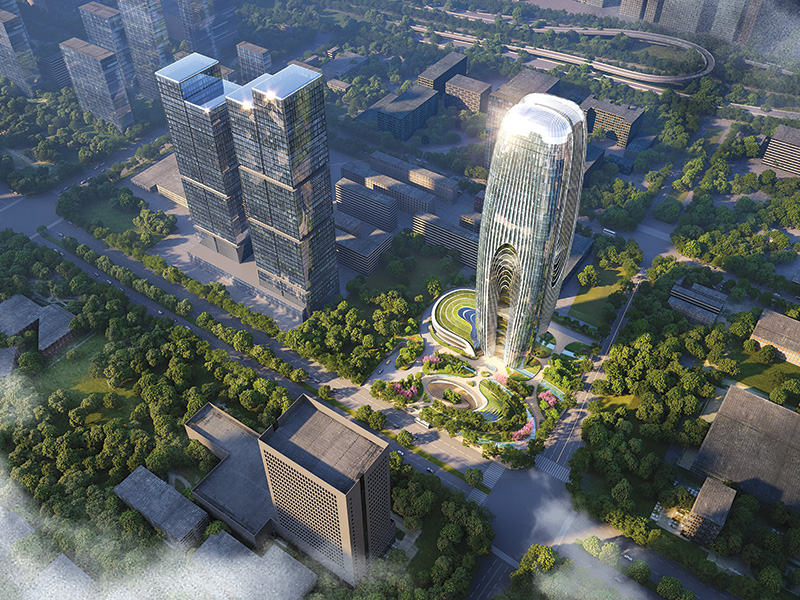Fact File
Principal use: Nursery schoolTotal floor area: 1586.5m2
Structure: Wood
Location: Nishi-ku niigata-city, Japan
Photograph: ©Koji Fujii toreal
Source: V2Com
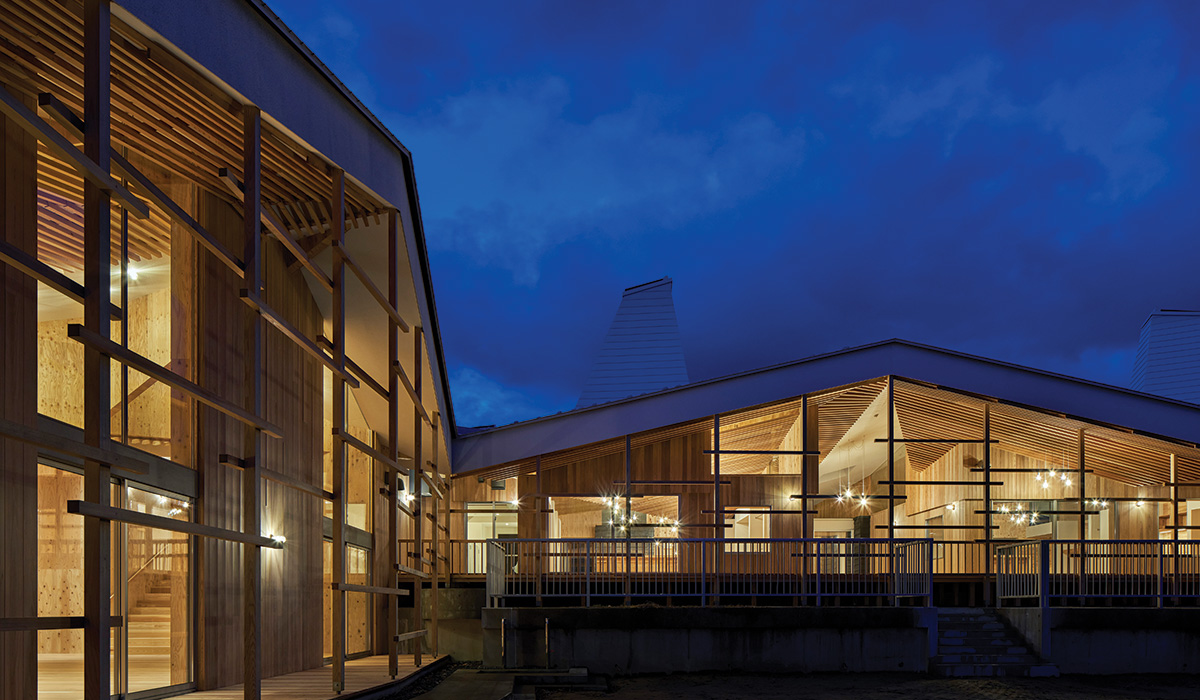
The Center for Early Childhood Education and Care, a nursery school dedicated to the principles of engaging with Nature, is a single-storey wooden building, whose design concept extends beyond nursery rooms; the building and the nursery yard connect to the surrounding area as a single continuum.
Childcare researchers and workers, parents, and local residents held a series of workshops to discuss the benefits of reconstructing a nursery school on the suburban site. With an aging population and declining birth rate, emphasis was put on how a nursery school could benefit both the children and the villagers.
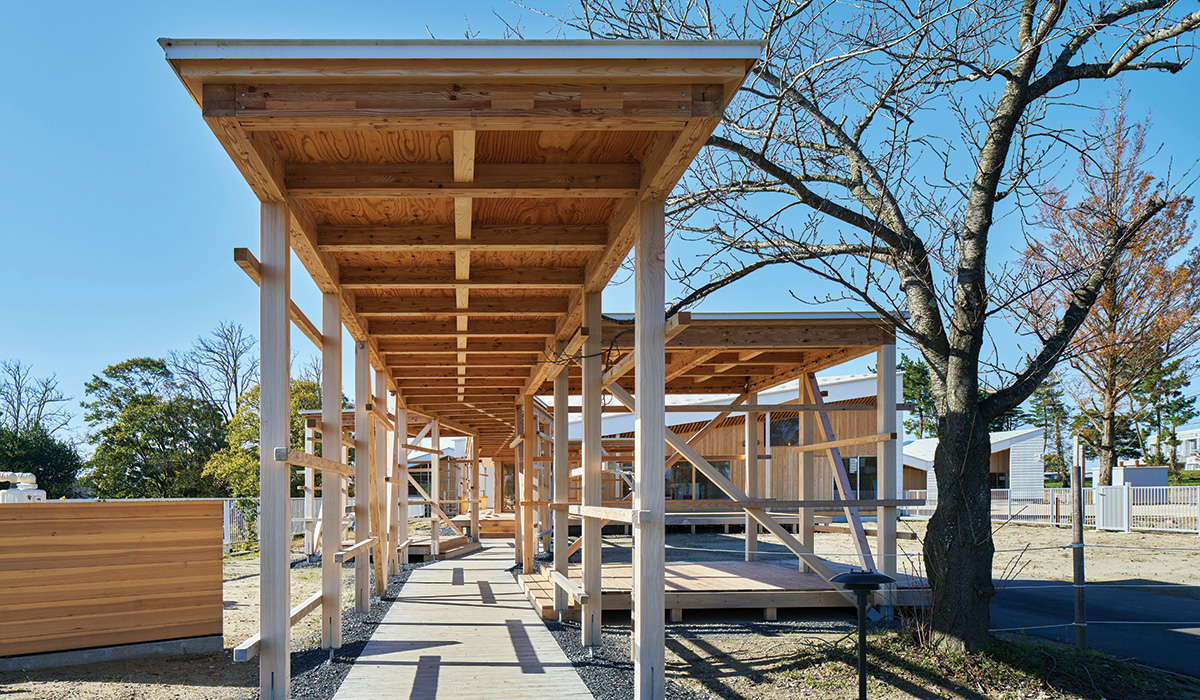
The vaguely bounded, expanding nursery school allows children to move leisurely between interior rooms, exterior playgrounds, and the village itself. Additionally, the nursery school can be open to villagers as a place for community interaction and visitations.
Under the site conditions, since large timbers were prohibited from being transported, wooden trusses were built on the field by combining small timbers to create large nursery spaces. Trusses with apexes facing up and down are combined to create a series of truss roofs. Moving the intersection of the trusses from the top of the partition walls allows for a more expressive environment in each of the rooms, while an open space above the partition provides a sense of connection.
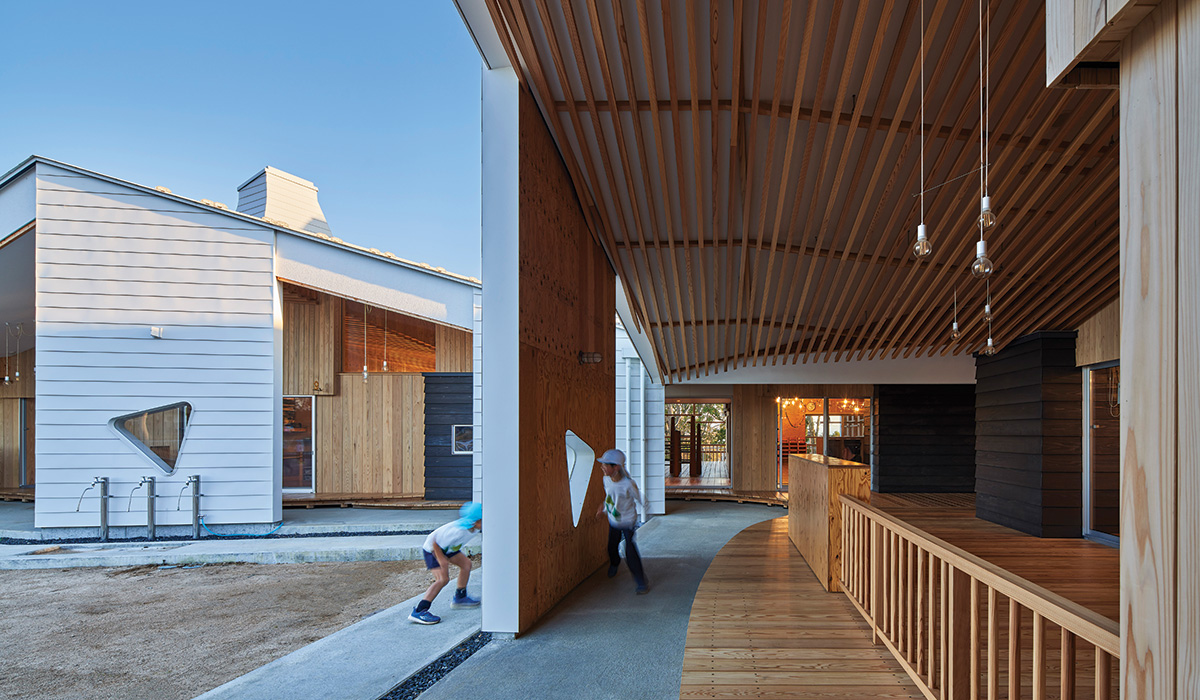
Air conditioners and total heat exchangers are installed under the prefectural cedar flooring, creating an underfloor air chamber so that children are not exposed to direct airflow; rather radiant heat creates comfortable conditions for learning and play.
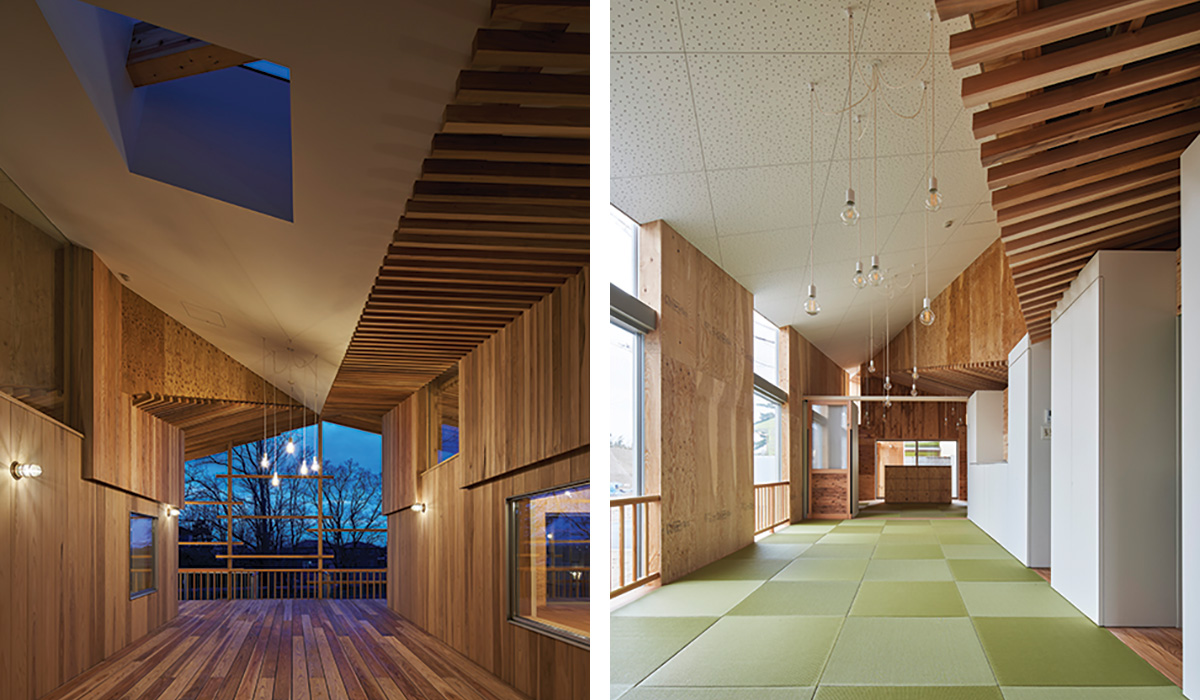
The winding, narrow streets that characterize the village are drawn into the nursery school and become exterior corridors that continue to the back of the building, resulting in a village-like atmosphere for the children. A childcare support office and deck plaza situated in front of the building, can be used for local farmers’ markets and food truck events, mixing community activities with nursery school activities.









